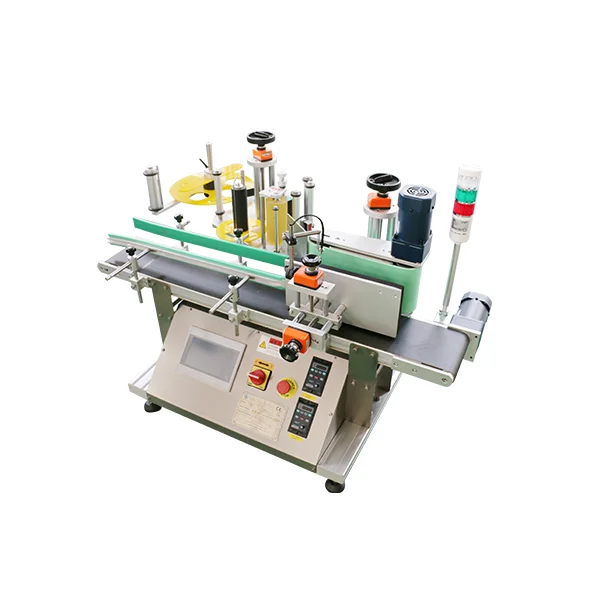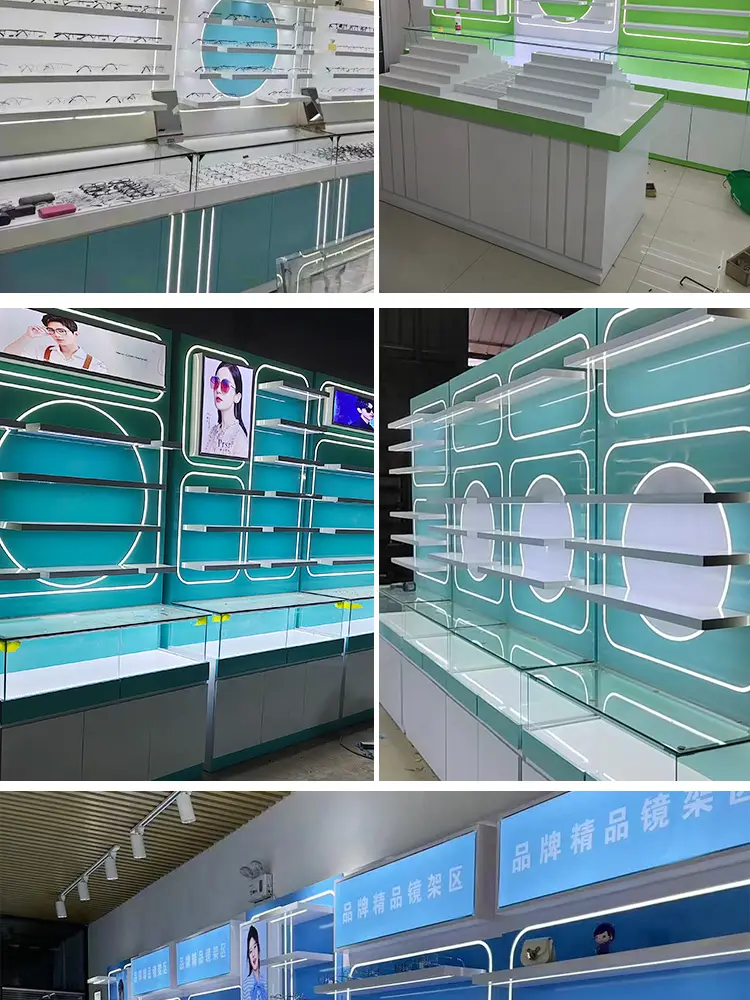Did you know that improper kiln maintenance can reduce efficiency by up to 30%? Keeping your kiln in top shape is crucial for optimal performance. Regular maintenance not only extends the life of your equipment but also saves you money in the long run.
From checking insulation to cleaning burners, every little detail matters. Neglecting these tasks can lead to costly repairs and downtime. Understanding best practices in kiln maintenance ensures consistent quality in your projects. This guide will walk you through essential tips and tricks to maintain your kiln effectively. Get ready to boost your productivity and safeguard your investment with expert insights into kiln care.
Key Takeaways
-
Regular kiln care is crucial for optimal performance and longevity. Schedule maintenance checks to avoid costly repairs and ensure efficient operation.
-
Before starting maintenance, gather all necessary tools and materials. This preparation saves time and helps you perform tasks more effectively.
-
Always complete specific tasks before each firing, such as checking the kiln’s interior and ensuring all components are functioning properly.
-
After each firing, inspect the kiln for any signs of wear or damage. Addressing issues promptly can prevent bigger problems down the line.
-
Follow the maintenance guidelines after every 10 firings to keep your kiln in top shape. This includes deeper inspections of critical components.
-
Use an annual maintenance checklist to stay organized and ensure you cover all essential tasks, enhancing both safety and performance.
Importance of Regular Kiln Care
Lifespan Extension
Regular kiln maintenance is crucial for extending the lifespan of your equipment. A well-maintained kiln can last for many years, providing consistent results. Proper kiln care involves routine inspections and cleaning. This helps identify potential problems before they escalate.
Neglecting maintenance can lead to serious issues. For instance, worn-out components may cause a kiln to malfunction. Such malfunctions can result in costly repairs or even replacement. Regular maintenance prevents these situations, saving both time and money.
Safety Hazards
Safety is another significant concern related to kiln care. A poorly maintained kiln poses risks such as fires or gas leaks. Gas kiln maintenance is especially important due to the flammable nature of gas. Regular checks on gas connections and venting systems can prevent dangerous situations.
Electric kilns also require attention. Faulty wiring or damaged insulation can lead to electrical hazards. Routine inspections help ensure that all electrical components are functioning correctly. This reduces the risk of accidents during operation.
Quality Control
Routine checks improve the quality of finished products. Kilns that are not properly maintained may produce defects in ceramics or glass. For example, uneven heating can cause warping or cracking in ceramic pieces. Regular kiln maintenance helps maintain consistent temperatures.
Kiln inspection should include checking elements and thermocouples. These parts directly affect how heat is distributed inside the kiln. By ensuring they are in good condition, you enhance the overall performance of the kiln.
Key Maintenance Tips
Implementing basic kiln maintenance can significantly impact your results. Here are some key kiln maintenance tips:
-
Clean the kiln regularly to remove debris.
-
Inspect heating elements for wear and tear.
-
Check seals and gaskets for damage.
-
Ensure proper ventilation for gas kilns.
-
Monitor temperature settings during use.
Following these tips can help prevent common kiln problems and extend its life.
Repair Issues
Addressing repair kiln issues quickly is essential for maintaining performance. Ignoring small problems can lead to larger, more expensive repairs later on. Employing a kiln maintenance guide can provide valuable insights into troubleshooting common issues.
For modern kilns, understanding how to operate them efficiently is vital. Knowing how to set up and run a kiln properly will enhance its longevity. This includes regular checks on software updates if applicable.
Preparing for Maintenance
Gather Tools
Gathering the right tools is essential for effective kiln maintenance. You will need basic hand tools like wrenches, screwdrivers, and pliers. Include cleaning supplies such as brushes, rags, and vacuum cleaners.
Make sure to have safety equipment on hand too. This includes gloves and goggles to protect yourself during maintenance tasks. Having everything ready will save time and ensure you do not miss any steps.
Designated Workspace
Establish a designated workspace around the kiln. This area should be clean and free of clutter. A clear space allows for safe movement while working on the kiln.
Keep all tools and supplies within reach. This setup prevents accidents and promotes efficiency during maintenance tasks. Ensure proper ventilation in the area to avoid inhaling dust or fumes.
Review Manual
Review the kiln's manual before starting any maintenance work. The manual provides specific guidelines tailored to your model. It outlines recommended care routines and troubleshooting tips.
Following these instructions helps maintain the kiln's performance. Ignoring them can lead to costly repairs down the line. Check for sections that detail safety precautions as well.
Safety Precautions
Safety should always be a priority during kiln maintenance. Disconnect the power supply before beginning any work. This step reduces the risk of electrical shock or accidents.
Inspect the kiln for any signs of wear or damage before starting maintenance tasks. Look for cracks or loose components that may require immediate attention. Address these issues promptly to prevent further complications.
Regular Checks
Perform regular checks on your kiln components. Inspect heating elements, wiring, and insulation regularly for signs of wear. Keeping up with these checks ensures that you catch problems early.
Create a schedule for routine inspections, such as every month or after heavy use. Document your findings to track any recurring issues over time.
Cleaning Routine
Implement a cleaning routine to keep your kiln in top shape. Remove dust and debris from both inside and outside regularly. Use a vacuum cleaner to clean out any buildup that can affect performance.
Pay special attention to vents and exhaust systems. Blocked vents can cause overheating or inefficient operation, leading to more serious issues later on.
Steps Before Each Firing
Inspect Kiln
Conduct a thorough inspection of the kiln before each firing.
Check for pests and debris inside the kiln. Pests can contaminate your materials. Debris can block airflow and affect heating. Both issues can lead to poor results in your firing.
Remove any visible dust or particles. Use a vacuum cleaner or damp cloth for cleaning. Ensure that the kiln is free from any unwanted materials. This step is crucial for maintaining the quality of your work.
Check Components
Ensure all kiln components are intact and functioning properly.
Inspect the heating coils carefully. Look for signs of wear or damage. Damaged coils can lead to uneven heating during firing. This may ruin your pieces.
Thermocouples also need attention. These devices measure temperature inside the kiln. If they are not working, you cannot accurately control the firing process. Replace any faulty parts before starting.
Verify Temperature
Verify that the kiln is at room temperature before initiating the firing process.
Starting with a cold kiln helps prevent thermal shock. Thermal shock can crack or damage your pieces. It occurs when there is a sudden change in temperature.
Allow enough time for the kiln to cool down after previous use. Wait until it reaches room temperature before loading it again. This practice ensures a safe and effective firing process.
https://www.jiangsuyuli.com/product
Jiangsu Yuli Energy saving Technology Co., Ltd.



